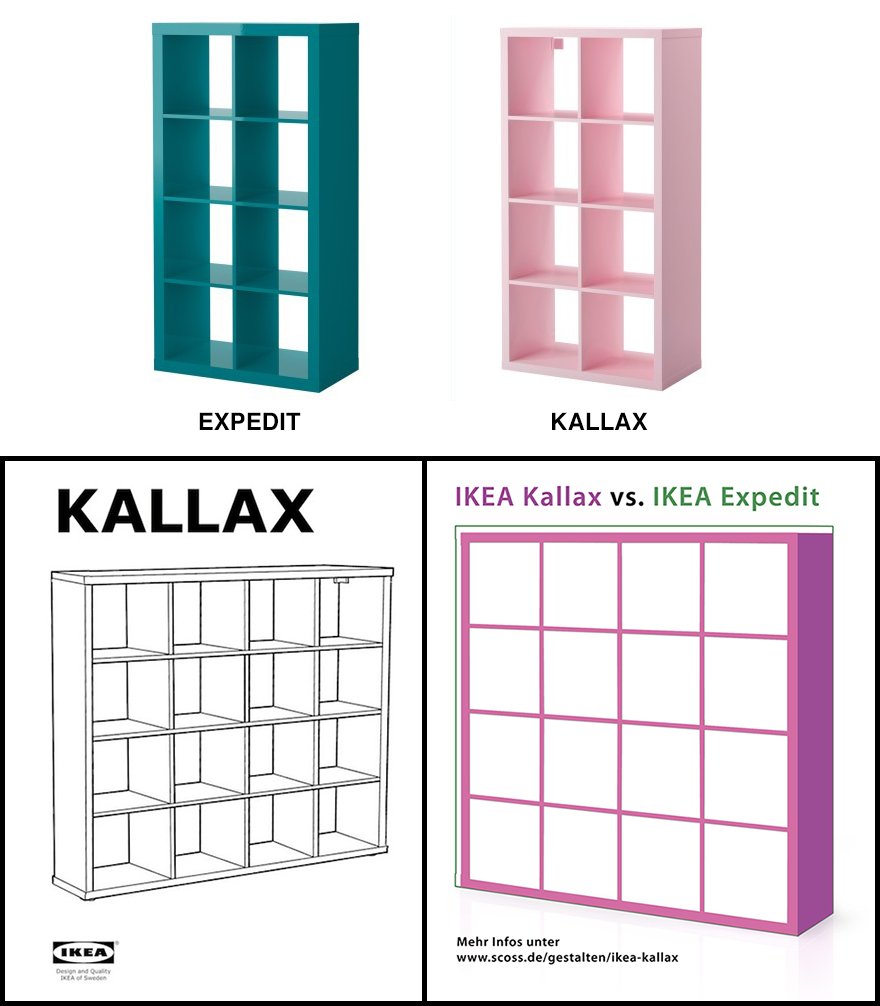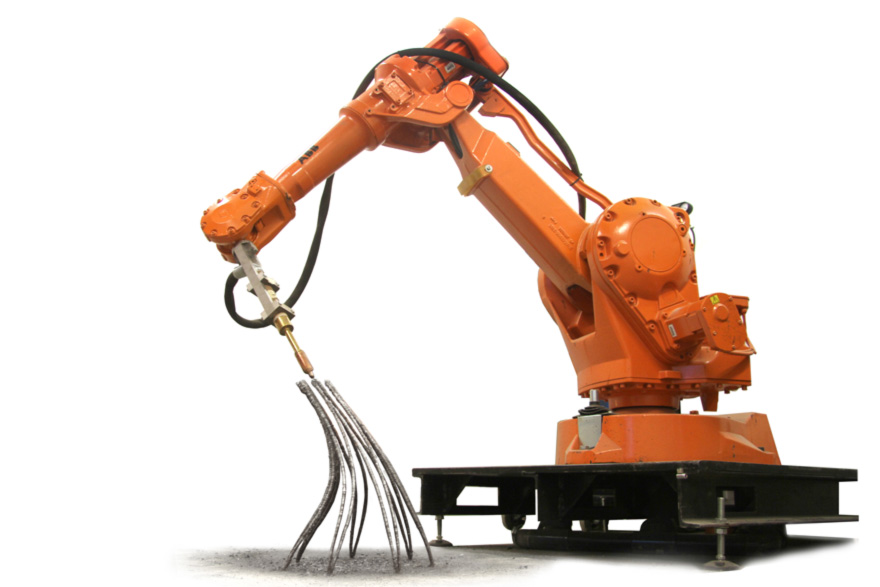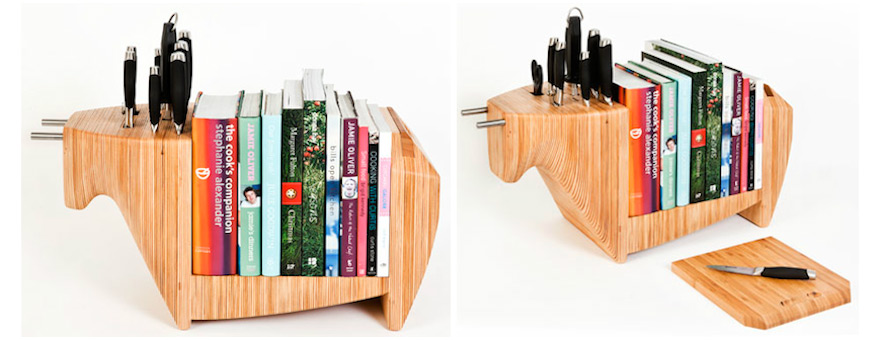Auf Wiedersehen
When we say Ikea has two furniture lines for the record books, we mean they've got one for the records and one for the books. While the Billy is the world's best-selling piece of furniture for housing printed tomes, it is the grid-like Expedit that is the record collectors' essential buy, second in importance only to their turntables. And it's no surprise why: The individual Expedit compartment's standard, relatively narrow 13.25" width and stacked verticals provide the support needed for heavy vinyl. Those with LPs stored on more conventional, longer-span shelves typically experience more SAG than a Hollywood film production.
So it caused dismay when a record collector learned that IKEA was discontinuing the Expedit in his home country of Germany, the first to lose the line; upon posting his concerns to IKEA Deutschland's Facebook page, he received confirmation that come April, the Expedit will be kaput.
A replacement has been promised: The Kallax, which seems identical to the Expedit, yet has thinner sides and rounded edges (purportedly for the safety of children!).








 From left to right: "Waterproof," "Hitchhiking" and "Rocking Chair"
From left to right: "Waterproof," "Hitchhiking" and "Rocking Chair" "Urban Toilet
"Urban Toilet "Sit"
"Sit"





















 The Machine Series includes five containers with lids. There is a black version in three different shapes (top) and red and yellow versions (above).
The Machine Series includes five containers with lids. There is a black version in three different shapes (top) and red and yellow versions (above).
 Don't image search for "Termite". Just don't.
Don't image search for "Termite". Just don't. "Untitled (Return to Sender, after Mary Jane Smith, 1865) 2010" detail
"Untitled (Return to Sender, after Mary Jane Smith, 1865) 2010" detail "Untitled (Missive) 2010"
"Untitled (Missive) 2010"



 "Don't patronus me." (And don't pretend you get the HP reference)
"Don't patronus me." (And don't pretend you get the HP reference)